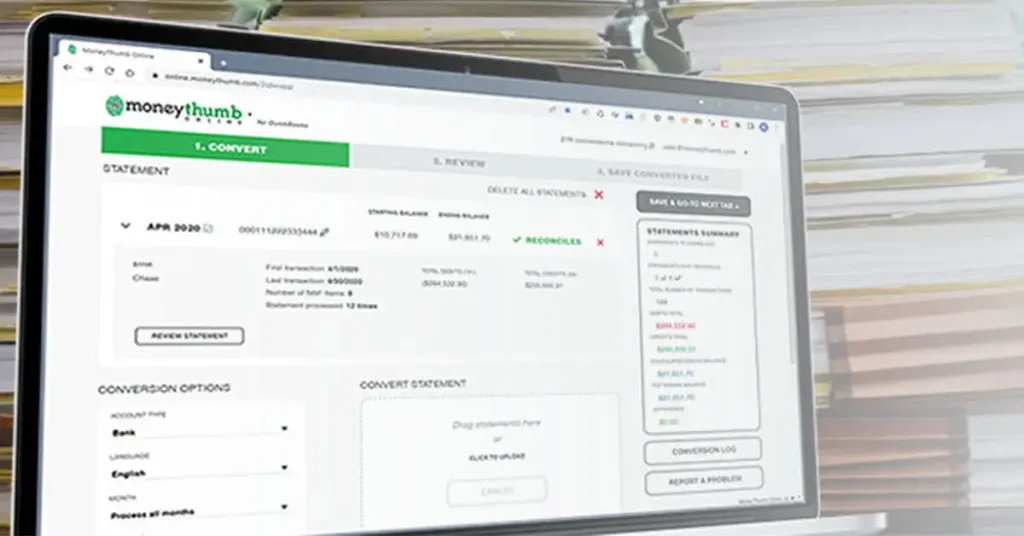As a private lender with the experience of raising and keeping capital, one thing many of you learned the hard way is not to keep all of your eggs in one basket. Any seasoned private lender has proven through their track record that they know how to underwrite well, have the ability to attract and retain good borrowers, and ideally, have the skillset and experience to deal with loans that go delinquent or into foreclosure. For most private lenders this period of your life in the lending business has shown that you are ready to expand your business—and that means increasing the capital you have to lend. Your growing borrower base needs you to be fast, easy to work with, and reliable, which means you need the same thing from your capital sources.
The two main strategies lenders follow as they diversify their capital are:
- Raising an internal fund.
- Partnering with a firm to bring institutional capital into your capital base.
Today on the Rule of Thumb blog from Money Thumb we will dive into what each entails below, with some assistance from an article from the American Association of Private Lenders.
Internal Funds
Many of the best lenders began as successful contractors who loaned money to other house flippers in their network. Over time, friends would hear about their returns and ask to loan money through them, so they would launch a small fund to organize these friends and investors. Today, a handful of law firms specialize in setting up these funds and can help lenders launch them within 45 days.
The three pros to this approach:
- Although funds generally have eligible investment restrictions, the capital is under your control to make loans without approval from a third party. Markets shift and a risk officer at a bank may choose
- When raising a fund, your LPs (limited partners, aka investors) are ultimately investing in you and your expertise. As a result, you can often define the types of loans you’ll be doing and the documentation requirements needed.
- Funds often have a lock-up period, which restricts your investors’ ability to pull their capital back at any point. In addition, capital from these types of non-institutional (typically high net worth) investors can be incredibly sticky and not be called upon for several years. When markets lock up and capital is scarce—a time when private lenders often see their businesses grow!—funds can be an incredible tool for not only surviving but also thriving.
The difference between an incredibly successful fund and a disaster that brings about a lender’s personal ruin lies in the paperwork’s details—which many people overlook. Enlisting great counsel from a law firm that has experience not only in launching funds but also in the private lending space, in general, is critical to protecting yourself.
The three cons to this approach:
- Expensive capital. One of the biggest reasons we see experienced lenders eventually swap out internal funds for institutional capital is the cost. Individual investors often demand 25-50% more in returns than asset managers, creating less profitability in healthy markets and above-market burdens when rates drop.
- Significant work. Both raising a fund and dealing with the monthly distributions, in addition to auditing and other annual requirements, is a tremendous commitment. Many funds often hire one or two additional employees just to handle the administrative requirements.
- Limited size. With most lender funds backed by individual investors, many of them friends or acquaintances of the lender, it is often difficult to get beyond a $10 million fund size.
Institutional Capital
Institutional capital can be a great way to effectively increase your balance sheet. By selling loans to these investors—either as you originate loans or out of your fund to free up space—you are able to recycle your capital. The largest lenders in the country almost all have institutional relationships at this point, empowering them not only to grow their current businesses but also to expand into new product lines and geographies. The best institutional investors can even shift from being a counterparty to servicing as an extension of your business, providing resources such as technology and industry data.
The three pros to this approach:
- Infinite capital. Firms that can produce the type of loans that match the requirements and criteria institutional investors want have effectively infinite capital to make more loans, and the business becomes focused primarily on finding and servicing great borrowers.
- Higher profitability. Investment banks, asset managers, and REITs investing in the private lending space are typically willing to buy loans without any sharing of origination points and an interest rate that leaves a substantial strip for the lender.
- Product flexibility. Hard money lending was built on short-term bridge loans to a great degree because it aligned with the capital available to lend. For products that have long terms or huge construction projects that require tens of millions of dollars, institutional investors are key.
The three cons to this approach:
- Inconsistent reliability. Not all institutional partners are the same. Some burned relationships in 2020 by urging lenders to keep originating loans and then failed to follow through on commitments to buy, creating huge issues for lenders. Finding a trustworthy partner is key.
Specific requirements. While you may have been doing loans in your city for decades without certain document requirements, institutional investors often have a third-party appraisal and
- other verification needs. Unlocking huge amounts of new capital sometimes comes with an operational price.
- Hidden fees. Comparing institutional investors can be tricky. Some lead with pricing that does not capture all fees, and lenders are surprised when they receive a significantly lower monthly interest strip than expected. As with forming a fund, using experienced counsel to vet these agreements is essential.
With non-owner-occupied real estate loans continually moving away from banks and into the private lending industry, institutional investors will likely represent an increasing share of the capital that funds our loans. From single-family rental to large new construction, new products are bringing additional sources of profit to lenders with great borrower networks and local market knowledge.
Plan for Success
In an industry built on strong relationships—where being a reliable partner is often paramount—prudent business planning demands you have diversified sources of capital. A fund can be a ballast during turbulent times when the capital markets freeze. Institutional capital can be a great source of fuel to grow your business to new heights. Many lenders have access to both types of funding, giving them great options as the private lending industry surges to new heights.
Whether your investors are individuals or an institution, always (1) assume this will be a long-term relationship and get to know your backers well and (2) consult great legal counsel so you’re protected at each step.
The private lending industry’s importance to the U.S. real estate market increases every year. With this growth, we’ll see even more capital entering the space. Those who build a diversified set of capital sources will lead the industry as the economy surges and will be most resilient when things slow down.





















Add comment